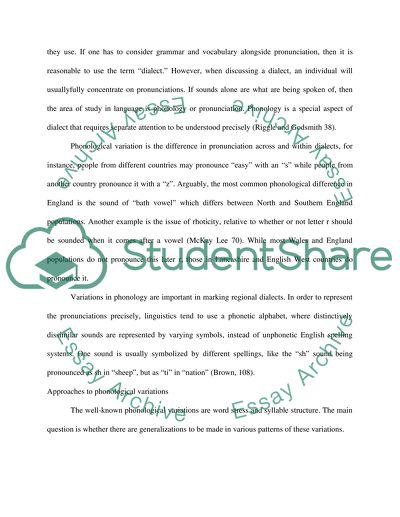Cite this document
(“Dialect variation Research Paper Example | Topics and Well Written Essays - 1250 words”, n.d.)
Retrieved from https://studentshare.org/anthropology/1462800-dialect-variation
Retrieved from https://studentshare.org/anthropology/1462800-dialect-variation
(Dialect Variation Research Paper Example | Topics and Well Written Essays - 1250 Words)
https://studentshare.org/anthropology/1462800-dialect-variation.
https://studentshare.org/anthropology/1462800-dialect-variation.
“Dialect Variation Research Paper Example | Topics and Well Written Essays - 1250 Words”, n.d. https://studentshare.org/anthropology/1462800-dialect-variation.


